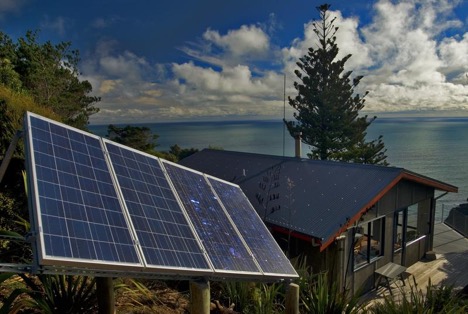Building a home requires a lot of decisions. Every situation that calls for input can be investigated to determine actions that have the least negative impact on the environment. Some of those decisions are in the areas of heat sources, insulation, and construction waste.
Integrate Renewable Energy Sources
Your home needs a variety of heat sources. You want to heat the air for your family’s comfort. On-demand hot water is also helpful in today’s homes. There is a selection of alternatives that use renewable sources, such as solar, heat pumps and wood-based systems, to generate the heat you need.
- Wood-burning stove. A wood-burning stove can be used instead of a furnace that burns a carbon fuel, such as natural gas or oil. You can have numerous stoves to heat areas around your home. Manufacturers now build stoves that have been approved to have a minimal air-quality impact. Some are even designed to provide hot water for the faucets in your home.
- Solar hot water heater. Placing a panel on your roof to capture the heat of the sun and warm your hot water tank is a very efficient way to directly use solar energy in a simplistic form. One small panel on the roof to capture solar energy for heating water may be all you need.
- Air and Ground Source Heat Pumps. Heat pumps gather solar heat energy from the air or ground and pumps this around your heating system. Both Ground and Air Source Heat Pumps save you money through improved efficiencies, reduce your CO2 emissions and even earn you money through government incentives. Heat pumps are fully automated with set and forget technology and low running costs, and have been around for more
than 100 years.
Relevant: What’s the Most Sustainable Method of Heating Your Home?
Insulate Well
A draft-free home is more sustainable. It will stay warmer in the winter and cooler in the summer. This will result in less fuel and energy use. Make sure you at least meet the required insulation levels for your area. Exceeding the requirements may cost a bit more during construction, but less energy usage over the long term is better for the environment and can save you money.
Relevant: The Complete Guide to Eco-friendly Insulation
Reduce Waste During the Building Process
Sustainable building doesn’t have to mean solar panels and geothermal heating; it can be much simpler. Good communication between the homeowner, the designer, and the home builder is key to reduce waste during construction. When homeowners are specific about requirements and communicate with the designers and architects, they can provide precise information to the builder. Exact details help assure owners get desired home features. Rework is costly in terms of time, money, and wasted materials. Also, owners and builders can consider the use of recycled materials. Recycled timbers, railroad sleepers, and ceramic tiles are just a few of the construction materials that can be kept from the landfill and reused. Locally-sourced materials can help to reduce carbon emissions in the transport process, as well.
Relevant: What is a Sustainable New Home?
When dreaming of and designing your new home, start from day one with consideration of the environment in mind. The result will be a quality, low-impact home.


